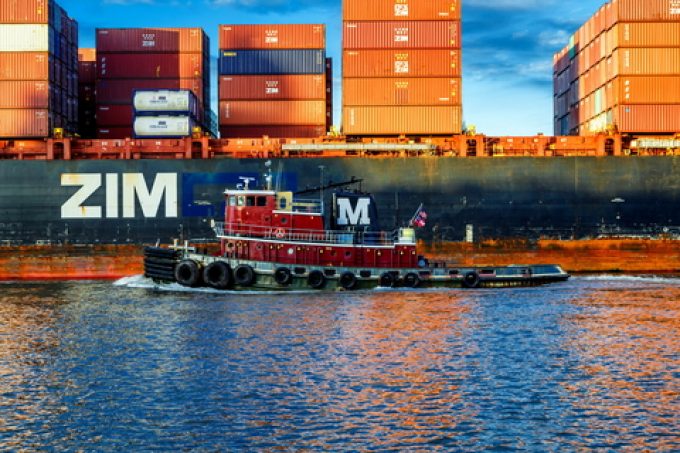Expeditors reports healthy growth in a 'frenzied landscape of tariffs'
The flurry of court cases surrounding Expeditors has not put it off its stride: in ...

Zim has joined the fleet of major shipping lines posting impressive second-quarter profits, despite significant volume declines.
At $25.3m, the Israeli carrier’s Q2 net profit was its highest in a decade, and a whopping 394% increase on Q2 19.
Liftings were down 12.3% year on year, at ...

Comment on this article